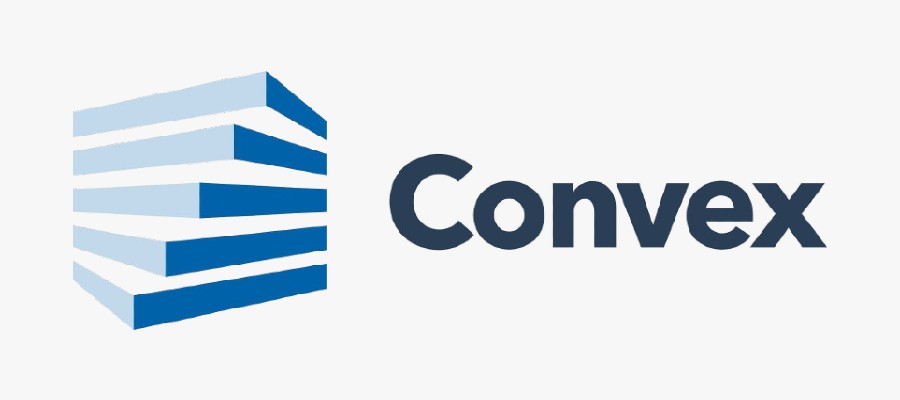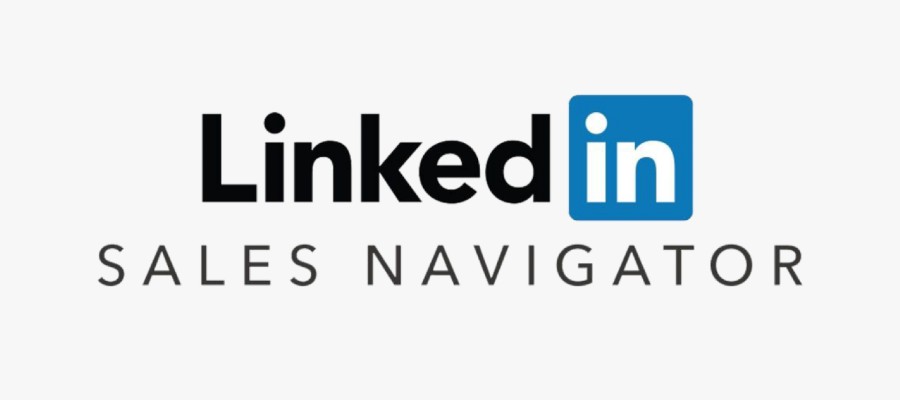Reaching property owners, managers, and property management firms—the “decision makers”—is one of the biggest challenges commercial services sales reps face in the prospecting process. Often, decision-makers are guarded by gatekeepers, busy with a full calendar, distracted by the overwhelming number of responsibilities that they face, and bombarded with messages that aren’t always relevant.
So, how do you get through to them?
The answer is a sales prospecting process that is structured and uses the right tactics and tools to get conversations that convert into sales.
Understanding Prospecting Decision-makers

Sales prospecting is the foundation of any sales strategy. It’s the process of finding and nurturing potential customers by moving them through your sales funnel and converting them into paying customers.
But what about when they’re the owner or the decision-maker? This detail introduces an additional challenge.
Decision-makers like property owners and managers often have at least one layer of gatekeeper between them and your sales messages- so intent data, personalization, and relevance are key to getting a response. For these key pieces of information, you’ll need the right tools and tactics, or you’re likely to get “left on read.”
The Importance of Reaching Decision-makers

Getting to decision-makers—like property owners and managers—is crucial for any commercial services sales rep. Sales professionals play a vital role in this process by creating and nurturing leads, utilizing data-driven approaches, and leveraging networking strategies to improve conversion rates. These decision-makers aren’t just the ones who approve deals; they often own or manage the property or even a portfolio of properties and have a deep understanding of their business needs and long-term goals. They hold the power to make purchasing decisions and are the ones who close deals.
Another advantage of working with decision-makers is their tendency to build long-term relationships with trusted suppliers. If you can get in front of them early in their buying process, you have the chance to position yourself as a reliable partner. This early connection increases the likelihood of securing long-term partnerships, which can benefit both parties over time.
However, this also means that you’re not the only one trying to reach them. Property owners and managers are bombarded by vendors competing for their attention. Standing out among the crowd requires more than just good timing; it requires a well-thought-out prospecting strategy, personalized outreach, and value-driven communication that speaks directly to their needs.
Benefits of Prospecting Decision-makers

Prospecting decision-makers, like property owners and managers, can unlock tremendous value for your business. Here’s why it’s critical:
More Qualified Leads: Focusing your efforts on decision-makers means you’re targeting individuals with the authority to make purchasing decisions. This reduces the number of dead-end leads and ensures you’re spending time with prospects who can truly impact your bottom line.
Higher Conversion Rates: Decision-makers are typically the final hurdle in the buying process. By establishing relationships with them early on, you can shorten the sales cycle and improve your chances of closing deals. When you’re speaking directly to the people who have the power to say “yes,” the path to a signed contract becomes much clearer.
Long-Term Relationships: Decision-makers, especially those managing multiple properties or portfolios, are often looking for reliable, long-term partners. Building rapport with these individuals opens the door to ongoing business opportunities and can lead to referrals or larger contracts down the line.
Resource Efficiency: When your sales teams focus on decision-makers, you’re allocating resources more effectively. Rather than spending time with gatekeepers or prospects without purchasing power, your team can zero in on the people who matter most, resulting in more productive outreach and better use of time.
By focusing your efforts on decision-makers, you’re not only increasing the chances of closing deals but also establishing valuable, long-lasting business relationships.
Sales Prospecting Techniques for Reaching Decision-makers

Here are some practical prospecting tips to improve your outreach and get more sales prospects:
Personalize Your Messages: Personalization is key when reaching out to potential customers. Customize your approach to the prospect’s business challenges and adapt your sales pitch to their company size and industry trends. Tailoring offers in your sales prospecting efforts can significantly enhance engagement with potential buyers.
Use Video Outreach: Video in your sales process can make your message stand out. Use short video messages to introduce yourself, explain how your product or service solves their problem, and leave a lasting impression.
Offer Value Continuously: The key to keeping leads engaged is to provide value throughout the process. Share free resources like industry reports or key features of your service that address their pain points.
Use Multiple Channels: Engage your target accounts using a combination of email, phone calls, direct mail and social media. Some decision makers respond to digital methods while others will prefer more personal approaches like referrals from colleagues, friends, or even cold calls. Some would rather be approached while attending networking events.

Here are some great ways to personalize outreach messaging to decision-makers that show you did your homework:
Subject Line: Use something personalized to their recent activity.
Personal Reference: Mention a podcast, article, or event they were involved in.
Core Insight: Highlight something specific they said that resonated with you.
Company Alignment: Relate their philosophy to your product in a meaningful way.
Gift: Offer something small tied to their interests.
Invitation: If applicable, suggest a meet-up based on mutual location or event.
How you reach a decision-maker will be largely based on your style of communication, your network, and their preferences – but note that personalization is key for reaching busy people. Their going to ask the question, “Why is this relevant to me?” and if you don’t include the answer, you’re unlikely to get a response.
Sales Prospecting Tools
Success in prospecting comes down to having the right tools and sales prospecting techniques in place. Here are some powerful tools and strategies you might consider using:
Convex’s Property Intelligence Software

Specifically designed for sales reps in commercial services, Convex provides valuable insights into property owners and managers by using intent data, buying signals, and other key information. This tool helps you pinpoint the right decision-makers and craft personalized outreach that speaks directly to their needs. Here are the powerful tools that make Convex so effective at reaching decision-makers.
Signals: Identify accounts in your market that are ready to buy with lead scoring based on buyer intent data.
Generative AI: Send highly personalized emails or create phone scripts based on the intent data, property intelligence, account data, and contact details of you and your prospect.
Property Intelligence: Access detailed data like building age, square footage, tenant information, ownership, and permit history.
Atlas: Visualize property and contact data on a map, create lead lists, and sync customer data bidirectionally with your CRM.
Engage: Reach out to high-priority prospects based on their signal strength.
CRM Functionality: With integrated CRM tools, you can track leads, assign stages, tag coworkers, and manage the pipeline.
LinkedIn Sales Navigator

LinkedIn Sales Navigator is a powerful tool for tracking and engaging prospects. It allows you to discover key decision-makers, view mutual connections, and efficiently manage your outreach efforts. Combining this tool with personalized messaging tailored to the challenges of your target audience will help you build meaningful relationships.
Customer Relationship Management (CRM) Software

Predictive Business Analytics On Tablet Computer. Group Of Analysts
CRMs like Salesforce and HubSpot streamline the entire prospecting process. A good CRM keeps all interactions in one place, tracking emails, phone calls, and meeting details. This ensures timely follow-ups and prevents leads from slipping through the cracks, allowing your sales teams to maintain consistent communication with potential customers.
Outbound Prospecting Framework

An effective prospecting strategy uses both outbound and inbound tactics. Cold email, cold calls, direct mail, and LinkedIn outreach remain crucial for engaging decision-makers who may not be as responsive to digital marketing alone. Pairing outbound efforts with inbound marketing creates a robust pipeline of leads, ensuring that your outreach is well-rounded and persistent.
Direct Mail and Social Selling

Direct mail might seem outdated, but it remains effective, especially when combined with modern tactics like social selling. Following up direct mail with outreach through social media platforms adds a personal touch and helps you build stronger connections with prospects. This combination of offline and online efforts can set you apart from your competitors.
Qualifying Sales Prospects

Not all leads are created equal, and that’s why qualifying sales prospects is a “make or break” tactic in your sales arsenal. Qualifying allows your reps to focus on the right opportunities, saving time and effort on leads that aren’t a good fit.
Key Questions to Ask: Does this prospect align with your ideal customer profile? Do they have the authority to make purchasing decisions? Is their company size aligned with your target market? These questions help you narrow down the most promising leads.
GPCTBA/C&I Framework: This framework helps qualify prospects by focusing on their Goals, Plans, Challenges, Timeline, Budget, Authority, and Internal Resources. Using this method ensures that you’re prioritizing the right leads—those that are most likely to convert.
BANT Framework: This framework focuses on Budget, Authority, Need, and Timeline. It helps sales reps determine if a prospect has the budget and decision-making power to make a purchase, as well as an urgent need for your product or service.
But there’s other sales qualification frameworks that work well too – the point of qualifying is to narrow down the leads you should spend your valuable time on- these will be the most likely to turn into sales.
Measuring Success

You can’t improve what you don’t measure. Tracking and measuring key metrics will give you visibility into your sales prospecting strategies. Here’s what to look at:
Conversion Rates: How many potential leads are moving forward in your sales funnel? Tracking how many of your leads convert into qualified opportunities or sales meetings will give you insight into the effectiveness of your outreach.
Sales Cycle Length: A shorter sales cycle means your sales prospecting strategies are working. By focusing on well-qualified leads, you’ll find that deals close faster and with less friction.
Repeatable Processes: Once you identify which techniques are generating the best results, document them. This will allow your team to create repeatable processes that can be scaled, helping you replicate success and refine your approach over time.
Continuous refinement and adaptation of these strategies, along with embracing technology and focusing on customer-centric solutions, are key to achieving sustained growth and long-term success in sales prospecting.
Conclusion: Prospecting Like A Pro

Mastering sales prospecting is key to reaching more decision-makers and driving growth for your business.
Whether you’re using smart prospecting tools like Convex or relying on LinkedIn Sales Navigator to find decision-makers, optimizing your outbound prospecting with cold calls and direct mail, or using CRM tools to manage the prospecting process, it’s important to measure success and refine your strategy.
The more you personalize your outreach and track important metrics like conversion rates, the more likely you are to achieve your sales goals.
If you’d like to see how Convex can help you skip the 2- 3 hour prospecting and lead research process and go straight to contacting decision-makers who are actively looking for your products and services, Schedule a demo today.
Happy Prospecting!
Share





